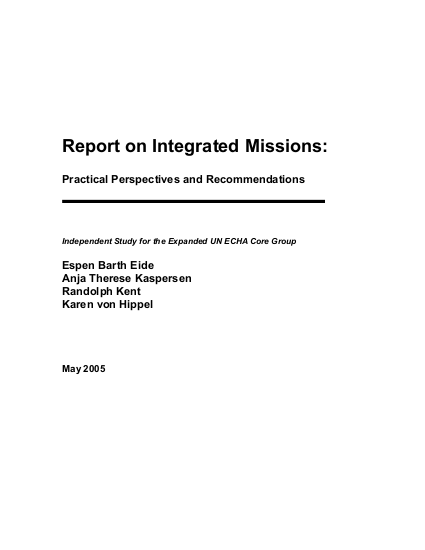
The nature of the UN involvement in peacekeeping and peacebuilding is rapidly changing. Peacekeeping is becoming more robust, and the UN is increasingly taking a stance on on-going conflicts and on the direction of change in post-conflict settings. After a decline in “blue helmet” peacekeeping around the turn of the century, there is now a rapid surge in deployment. An increasing number of operations are multifunctional in nature. Mandates range from immediate stabilisation and protection of civilians to supporting humanitarian assistance, organising elections, assisting the development of new political structures, engaging in security sector reform, disarming, demobilising and reintegrating former combatants and laying the foundations of a lasting peace.
The UN frequently works with other global institutions, regional organisations, donor countries, NGOs and host governments, in trying to achieve these ends. The Secretary- General, however, still refers to a “gaping whole” in the UN system’s institutional machinery when it comes to meeting the challenge of helping countries with the transition from war to lasting peace effectively.1 While performance is improving, the success rate in long-term stabilisation is still too low, and many countries relapse into conflict after an initial period of stabilisation. This conclusion can in part be ascribed to a lack of strategic, coordinated and sustained international efforts.
An “Integrated Mission” is an instrument with which the UN seeks to help countries in the transition from war to lasting peace, or to address a similarly complex situation that requires a system-wide UN response, through subsuming actors and approaches within an overall political-strategic crisis management framework.
